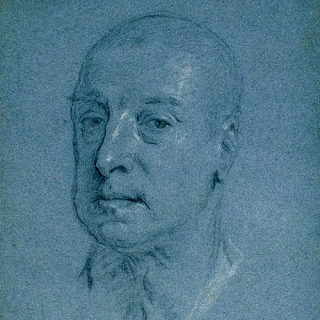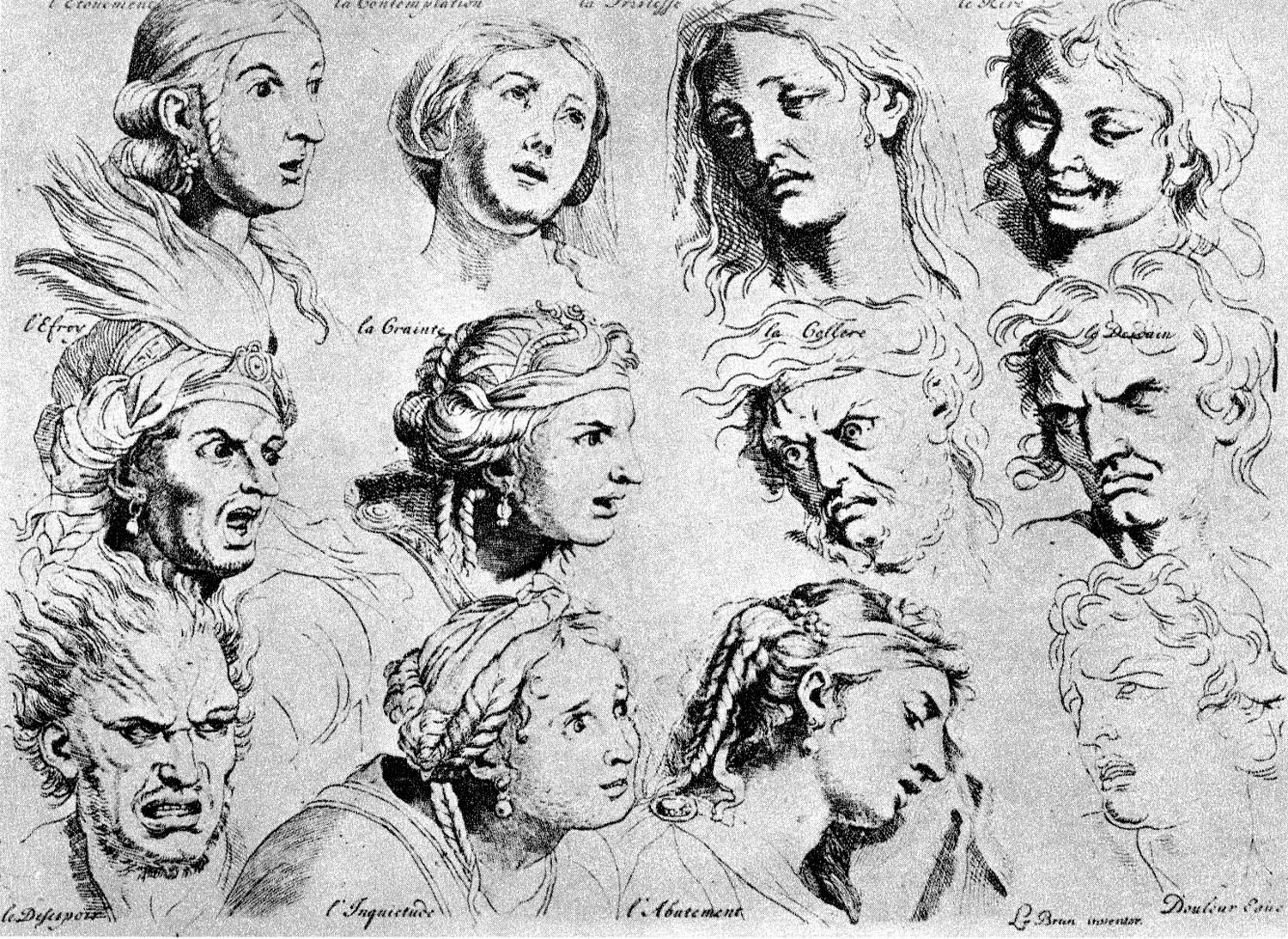When thinking about a history that might lie behind my approach, I began by looking at expressionist portraiture, but as I dug around the subject, the more I came across the self portraits of Jonathan Richardson.

Jonathan Richardson, Self-portrait, c. 1735
Richardson made hundreds of drawn self portraits over a period of several years. This type of serial facial analysis looked at from a present perspective, feels very modern. For instance in relation to expressionist portraits, in three of his more prolific years, Vincent van Gogh, drew and painted himself over 40 times. and as photography has become the main form of facial representation, serial portraits, such as Jo Spence's 'Brave' series, have become central to documentary practices.Jonathan Richardson, Self-portrait, c. 1738
Richardson even went back to earlier work and made drawn copies of his self-portraits from paintings made many years earlier. Most of his self portraits are however drawn from life, using a variety of materials, including pen and ink, graphite on vellum but mainly black and white chalks on blue paper.
Jonathan Richardson Self-portrait as a poet, c. 1732
Jonathan Richardson Self-portrait at the age of thirty, 1735
Jonathan Richardson Self-portrait, 1736
I find his portraits intriguing, especially how with slight differences in the openness of an eye, or width of a face, as well as by changing materials, he can give quite different impressions as to what he is thinking about as he gazes at himself. His images can feel very confident, or fragile, slightly sly or arrogant, quizzical or poetic but they don't feel forced or exaggerated as in Charles le Brun's work or Messerschmitt portraits.
I first came across Jonathan Richardson in the chapter 'Searching for the self' in Susan Owens' excellent book, 'The Story of Drawing'. It is a book well worth a read if you are interested in how drawing supports the various ways that artists think about what it is that they do. We might value painting far more, but it is often an artist's drawings that reveal their thoughts and the roots of their sensibilities; the paintings or sculptures done afterwards often covering up the thinking surrounding an idea's gestation.
Richardson's portraits reminded me that you don't need to go 'over the top' when looking for expression and that it is often in small details that a telling communication is made. He also made his self portraits as he neared the end of his career, something I am also doing. It being a time to continue working if you still have the capability but the pressure to earn money or get out there to make your name is less and you can therefore reflect more on what you have done and how perhaps you can do it in a more interesting or personal way.
See also:








No comments:
Post a Comment